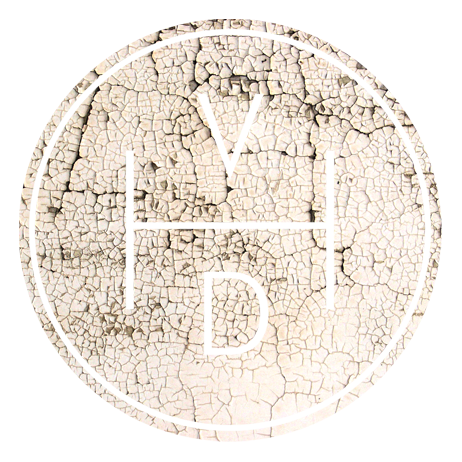It doesn't really get much better than this.
“Have you gazed on naked grandeur where there’s nothing else to gaze on, Set pieces and drop-curtain scenes galore, Big mountains heaved to heaven, which the blinding sunsets blazon, Black canyons where the rapids rip and roar? Have you swept the visioned valley with the green stream streaking through it, Searched the Vastness for a something you have lost? Have you strung your soul to silence? Then for God’s sake go and do it; Hear the challenge, learn the lesson, pay the cost.
Have you wandered in the wilderness, the sagebrush desolation, The bunch-grass levels where the cattle graze? Have you whistled bits of rag-time at the end of all creation, And learned to know the desert’s little ways? Have you camped upon the foothills, have you galloped o’er the ranges, Have you roamed the arid sun-lands through and through? Have you chummed up with the mesa? Do you know its moods and changes? Then listen to the Wild — it’s calling you.
Have you known the Great White Silence, not a snow-gemmed twig aquiver? (Eternal truths that shame our soothing lies). Have you broken trail on snowshoes? mushed your huskies up the river, Dared the unknown, led the way, and clutched the prize? Have you marked the map’s void spaces, mingled with the mongrel races, Felt the savage strength of brute in every thew? And though grim as hell the worst is, can you round it off with curses? Then hearken to the Wild — it’s wanting you.
Have you suffered, starved and triumphed, groveled down, yet grasped at glory, Grown bigger in the bigness of the whole? “Done things” just for the doing, letting babblers tell the story, Seeing through the nice veneer the naked soul? Have you seen God in His splendors, heard the text that nature renders? (You’ll never hear it in the family pew). The simple things, the true things, the silent men who do things — Then listen to the Wild — it’s calling you.
They have cradled you in custom, they have primed you with their preaching, They have soaked you in convention through and through; They have put you in a showcase; you’re a credit to their teaching — But can’t you hear the Wild? — it’s calling you. Let us probe the silent places, let us seek what luck betide us; Let us journey to a lonely land I know. There’s a whisper on the night-wind, there’s a star agleam to guide us, And the Wild is calling, calling... let us go.”
If that doesn't have you reaching for a pack and your boots I don't know what will.











